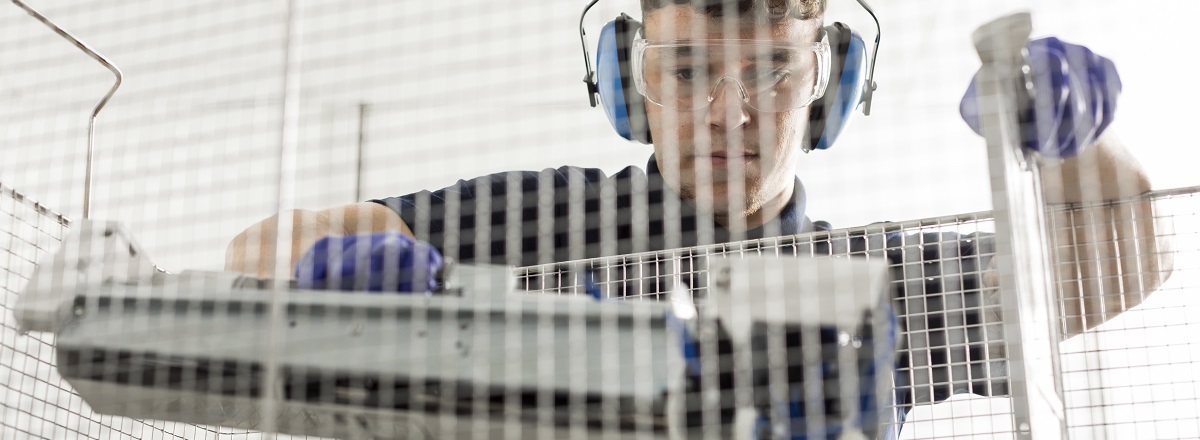
Pioneering a Circular Economy
Central to our journey toward waste-free workplaces is the drive toward a circular economy.
At Xerox, we believe that reducing waste is not only good for the environment, but also for your business. That’s why we pioneered this practice decades ago, by remanufacturing, reusing and recycling office equipment. Our devices are built to last, with fewer parts, easy disassembly, and strict chemical standards. We want you to enjoy high-quality performance while helping you reduce your environmental impact.
A longstanding commitment to waste-reduction
We have embedded circularity in our products since 1959, long before the term circular economy was created, and take a lifecycle approach to low carbon design, addressing impacts from raw materials and manufacturing, transportation, use and maintenance, through extended life management.
With the rise of regulations on resource use and stakeholder sensitivity to waste management and environmental impacts, more consumers and organizations now prioritize circularity in their purchasing decisions and brand perception.
Supporting our clients' circularity needs
Our vision for circularity extends to our clients’ workplaces, where electronics and supplies at the end of their useful life can come full circle to become the raw materials of tomorrow. Where, without compromise to product quality and the client experience, natural resources are conserved, and waste becomes obsolete.
To achieve this vision, we incorporate a comprehensive Design for Sustainability approach, covering four key phases of a circular economy:
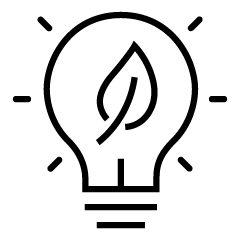
Design
The careful selection of raw materials, considering reuse, recycled content, and safety, as well as ecolabel criteria and product life cycle impacts.

Manufacturing
Equipment and supplies reuse, remanufacturing, and employment of an environmental management system in operations are aligned with the production phase.
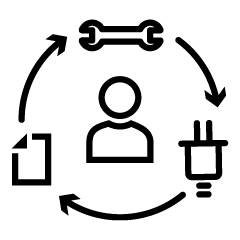
Consumption
Includes best practices such as energy efficiency, more responsible printing, data visibility to drive improvements, carbon offsetting, remote repair and maintenance.
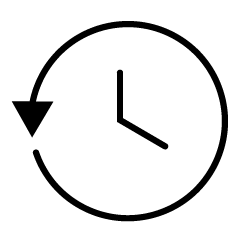
Extended Life
Our global collection, reuse and recycling programs enable extended life management for equipment and supply items, giving them a second life and reducing the use of new materials.
Preventing and Managing Waste
We are committed to producing waste-free products in waste-free facilities to help our clients reduce waste. Our aim is to design products, packaging and supplies that make efficient use of resources, minimize waste, reuse material where feasible (including recycled plastics), and recycle what can't be reused.
At Xerox, we not only remanufacture, reuse and recycle equipment, but we expect the same commitment to sustainability from our suppliers. This way, we can reduce our environmental impact together. Packaging waste is also being reduced by removing single use plastics and increasing recycled content.
We also make it easy to repair and maintain your Xerox products. If you buy a new Xerox product, you can rest assured that you will have access to spare parts.* This means you can keep your Xerox products running smoothly and efficiently for longer, while reducing waste and saving money.
Globally, our returns programs for equipment resale and remanufacture in conjunction with parts recycling prevented 27,999 metric tons of waste from entering landfills in 2022. 4.3 million consumables were also returned in 2022 from the 35 countries participating in the Xerox Green World Alliance program, enabling 1.6 million Xerox toners to be manufactured using recovered cartridges.
As much as 52% post-consumer recycled plastic is included in our latest desktop office printers, and we reuse as much as 95% of reclaimed parts in larger devices.
See our latest performance figures in our corporate social responsibility report, goals, and progress summary
*Blue Angel and products in the scope of the EU Ecodesign Framework standards have access to select spare parts for seven years
Links to Recycling and Extended Life Resources
Explore services and operations that are helping to reduce environmental impacts
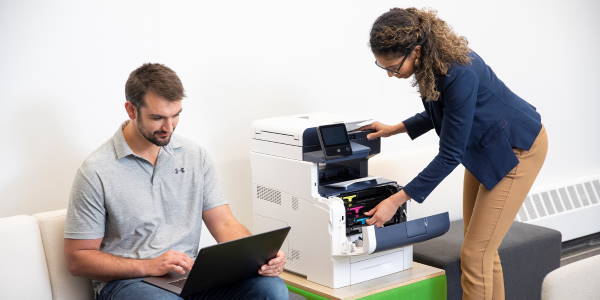
Xerox Supplies Recycling Program
Millions of cartridges and toner containers are returned for reuse or recycling each year through the Xerox Green World Alliance program.
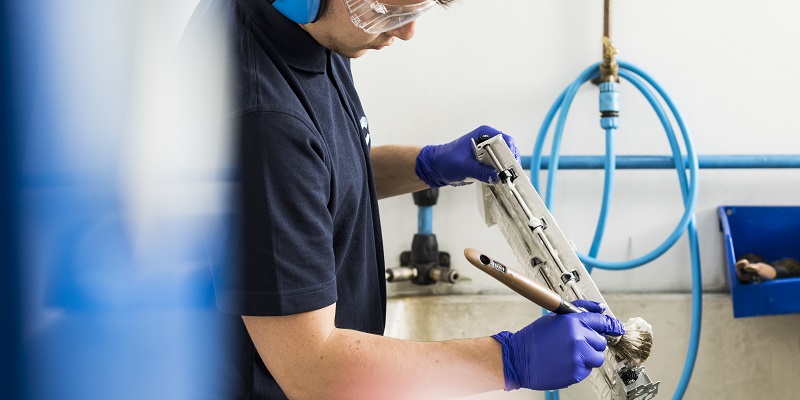
Xerox Reverse Logistics
Since 2009, Xerox has diverted more than 590 thousand metric tons of returned equipment, parts, and supplies from landfill by remanufacturing, reusing, or recycling.
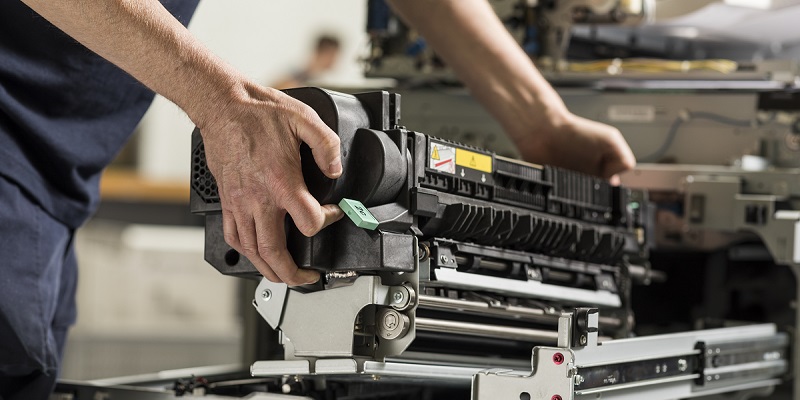
Waste-free Factories
Since the 1990s, our Waste-Free Factory initiative has employed an ISO 14001-compliant environmental management system to help achieve a 93% recycling rate for non-hazardous materials.
Frequently Asked Questions
What are the environmental, economic and societal benefits of a circular economy?
What are the environmental, economic and societal benefits of a circular economy?
A circular economy is a way of using resources more efficiently and reducing waste. It has positive impacts on the environment, the economy, and society. For example, it helps conserve natural resources, lower energy use and greenhouse gas emissions, save costs for manufacturers and customers, create jobs and opportunities, and improve health and well-being. A circular economy also supports the United Nations Sustainable Development Goals (SDGs) that aim to end poverty, protect the planet, and ensure peace and prosperity for all.
How has Xerox embraced a circular economy?
How has Xerox embraced a circular economy?
Xerox follows a Design for Sustainability approach that covers the four stages of a circular economy: design, manufacturing, consumption, and end-of-life management. We design our products with the environment in mind, with careful selection of raw materials, reused and recycled content, and safety, and meeting high standards of ecolabels such as ENERGY STAR, EPEAT, and Blue Angel. We reuse and remanufacture our equipment and supplies and manage our operations with environmental best practices. We help our customers use our products more efficiently and responsibly, with features such as energy saving, responsible printing, and remote service. Plus, we offer a global collection and reuse/recycling program for products at the end of their life, giving them a second life and reducing the need for new materials.
What does Xerox consider when designing products?
What does Xerox consider when designing products?
We consider the full life cycle of our products, from raw materials to the manufacturing, delivery, use, maintenance, and end-of-life. We set and monitor product goals in each of these phases during the development process. We apply Design for Sustainability criteria to our equipment, supplies, and packaging, to meet or exceed the market and regulatory requirements, and minimize the environmental footprint. We aim to have 100% of our eligible new products meet stringent ecolabels, such as ENERGY STAR, EPEAT, and Blue Angel, where and when applicable, and to assess the life cycle impacts of each product.
Do Xerox products include recycled and reused materials?
Do Xerox products include recycled and reused materials?
We use post-consumer recycled (PCR) plastic content in our devices and toner cartridges where possible, with up to 52% PCR plastic in newer products. We also reuse parts from returned devices in our new and remanufactured products. Up to 95% by weight of returned devices can be reused this way. Returned toner cartridges are remanufactured, using on average 90% reclaimed components. All the reused parts meet the same quality, reliability, and performance standards as newly manufactured parts.
What are the benefits of remanufactured products?
What are the benefits of remanufactured products?
Internal studies have estimated remanufactured products save an estimated CO2e savings of at least 90% during the raw material and manufacturing stages of the device lifecycle. As much as 1.3 tons of CO2 emissions vs. a new build device, the equivalent of 146 gallons of gasoline saved or C02 captured by 21 tree seedlings growing for 10 years, is realized over a five-year product lifecycle. (4)
How does Xerox conserve resources in manufacturing operations?
How does Xerox conserve resources in manufacturing operations?
Xerox manufacturing facilities are certified to ISO 14001 environmental management standard and are committed to lower water and energy use by 20% and 25% respectively by 2030 and 2025 (from 2020 and 2016 baselines). Some sites also use renewable energy sources. More than 10 sites and over 35 partners globally perform remanufacturing and repair activities, which extend the life of materials and parts and minimize the need for new resources.
How do Xerox products help to lower environmental impacts of printing?
How do Xerox products help to lower environmental impacts of printing?
Xerox products have features that optimize energy consumption, such as print driver settings for 2-sided printing, multiple-images per page, and draft modes, and low power and sleep modes when idle. You can also print more responsibly by using best practices, such as pull printing. Xerox provides analytics and dashboards to show the environmental impact of your printing, and options to plant trees or buy carbon offsets to balance paper use.
Can Xerox devices be repaired remotely?
Can Xerox devices be repaired remotely?
Xerox devices can be repaired remotely, with the help of CareAR, a live visual assistance and guidance innovation that allows remote troubleshooting and resolution of issues. Other advanced customer service repair programs are available for certain products. Proactive maintenance and remote service reduce the need for on-site service visits, which avoids carbon emissions. In one year, CareAR avoided 57,000 site visits and 594,800 Kg of carbon emissions.
Does Xerox have global returns programs for equipment and supplies?
Does Xerox have global returns programs for equipment and supplies?
Xerox has takeback and return programs for end-of-life equipment and spent supplies in multiple geographies. Learn more about equipment recycling options or donating Xerox devices.
Learn about our Green World Alliance supplies collection and reuse/recycling program, to see how you can return used supply items.
What methodology does Xerox employ for returns?
What methodology does Xerox employ for returns?
Xerox strives to reuse as much as possible from returned equipment and supply items. A returned item may be refurbished entirely or remanufactured with some parts or components replaced. If the item is beyond repair, usable parts and components are salvaged for reuse or spare parts. The remaining portions are recycled responsibly. Only as a last resort, materials that cannot be recycled are processed as waste energy. In 2022, 27.9 thousand metric tons of equipment and parts waste was diverted from landfill, not including EU WEEE equipment.
What can I do to support a circular economy?
What can I do to support a circular economy?
You can support the circular economy by choosing products with ecolabels, opting for refurbished or remanufactured products, utilizing devices efficiently, maintaining them properly, and returning used consumables and equipment at end of their first life.
For additional information about environmental sustainability at Xerox, see our corporate social responsibility report, goals, and progress summary.
Sources:
2. Deloitte The Sustainable Consumer 2023
4. United States Environmental Protection Agency Greenhouse Gas Equivalencies Calculator | US EPA
Environment, Health, Safety, and Sustainability at Xerox
Sustainability in business has never been more important. Explore Xerox solutions for more sustainable printing, reduced environmental waste and more EHS efforts.